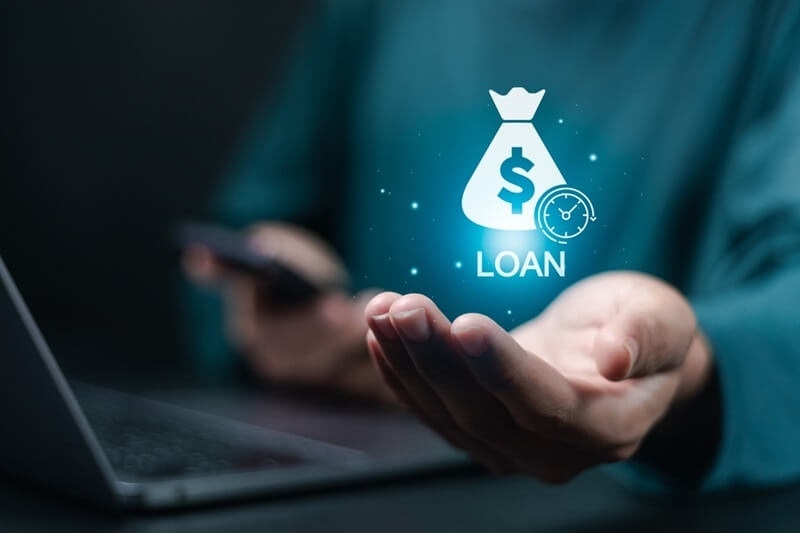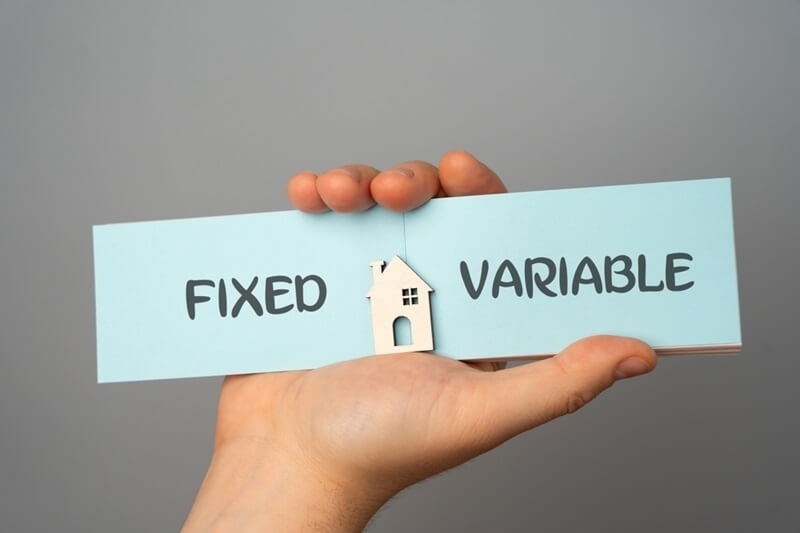
Let’s be honest—loan jargon can feel like a confusing maze, especially when you’re just trying to buy a house, finance a car, or start a business. You sit across from a lender, and they ask, “Do you want a fixed or variable interest rate?” And you're sitting there thinking, Well… which one won’t burn me later?
Welcome to the eternal finance debate: fixed vs variable loans 2025 edition.
Whether you’re a first-time borrower or you’ve been around the loan block a few times, understanding the basics—and the not-so-obvious quirks—can help you make smarter money decisions. So let’s break it all down. No fancy terms, no overwhelming charts. Just real talk.
Okay, let’s start from the top. When you take out a loan—whether it’s for a house, a car, a student need, or a big life goal—you’re paying back more than what you borrowed. That “more” is interest. And the way that interest behaves? That’s what this debate is all about.
Now let’s get into the meat of it.
There’s a reason why so many folks lean toward fixed-rate options, especially when markets feel uncertain.
Here’s what makes them appealing:
One monthly payment. Same amount. Every. Single. Month.
If you’re someone who likes predictability—who wants to build a budget and stick to it without nasty surprises—fixed loans feel like a safety net.
Let’s say the economy takes a hit and loan interest rates USA spike. With a fixed loan? Doesn’t matter. Your rate stays locked in. You’re unaffected.
That peace of mind? For many, it's priceless.
Let’s be real. While fixed loans are steady, they’re not always the best fit.
Fixed loans typically start out with a higher interest rate compared to variable loans. Why? Because you’re paying for the stability. It’s like insurance against future rate hikes.
Want to refinance? Pay off early? Some fixed-rate loans come with prepayment penalties or don’t play nice with changes.
And let’s be honest—life doesn’t always go according to the plan. A little flexibility could save your wallet later.
If fixed loans are the cautious turtle, adjustable rate loans are the curious hare—fast-moving, risk-taking, and always changing based on the economic road ahead.
Here’s why they appeal to a different kind of borrower.
Variable loans often come with a lower starting interest rate. So, if you plan to pay off your loan early, or refinance before the rate adjusts upward, you could come out ahead.
If overall interest rates remain low or even drop, your variable loan rate might do the same. More money in your pocket? That’s a win.
It’s not all sunshine and savings though.
What starts as a manageable monthly bill could double (or more) in just a few years if market conditions change.
If your income is tight or unpredictable, those rate hikes can cause real financial stress.
Let’s say your rate adjusts every 6 months. That means every few months, you’re recalculating, wondering, and hoping. It's not fun when you’ve got other bills to manage.

If you’re wondering how things look in 2025, well—let’s just say the financial landscape keeps shifting. The world has been unpredictable. Inflation’s still in headlines, tech keeps reshaping industries, and interest rate trends are bouncing around like ping-pong balls.
So in this climate, loan interest rates USA don’t always behave the way experts predict.
What does that mean for borrowers?
It means you need to weigh your personal circumstances more than ever. Your job security. Your savings. Your future plans. The rate environment can’t be controlled—but your decision can be.
Also Read: Long-Term Interest Rate Forecast 2026: What Things To Expect
Let’s make this simple. Here's the pros and cons of fixed loans boiled down:
Now swap those around for variable loans, and you’ve got your cheat sheet.
Ask yourself:
If yes, then a fixed-rate loan might be your ride-or-die.
Now flip the script:
Then variable might make more sense for you—if you’re ready to monitor it closely.
Some folks go for a short-term variable rate, save on interest, and then refinance to a fixed rate before things rise.
It’s a gamble. It can pay off. But it also requires good timing, decent credit, and a solid plan. If that sounds like you, it might be worth exploring.
These days, lenders are offering all sorts of loan hybrids—like variable loans with rate caps or fixed-period adjustables. Some options even blend the best of both worlds.
But beware: more options = more confusion.
Always read the fine print. Ask questions. Don’t just assume your loan works like your friend’s. Even if it’s the “same type.”
Here’s the deal: money isn’t just numbers. It’s emotional. Stressful. Sometimes even scary.
A fixed loan might cost a bit more upfront—but it can feel better. No guessing. No surprises.
Variable loans might save money—but come with more anxiety for some.
So don’t ignore your gut. Your financial peace of mind matters too.
There’s no one-size-fits-all winner in the fixed vs variable loans 2025 debate. It depends on your:
Take your time. Do the math. And always ask the lender to show you real numbers—not just marketing lingo.
Further Reading: APR vs Interest Rate Differences Explained Clearly
So… which is better?
Here’s the honest truth: neither. And both.
Fixed loans are like a solid pair of boots—you know what you’re getting, and they won’t fall apart on a rainy day.
Variable loans are like lightweight runners—fast, nimble, and great until the terrain shifts.
Whether you go fixed or variable, don’t rush the decision. Weigh the adjustable rate loans against your lifestyle, future, and gut instinct.
And if you're still unsure? Ask a trusted financial advisor to help walk you through scenarios—without the sales pitch.
Your money, your rules.
This content was created by AI